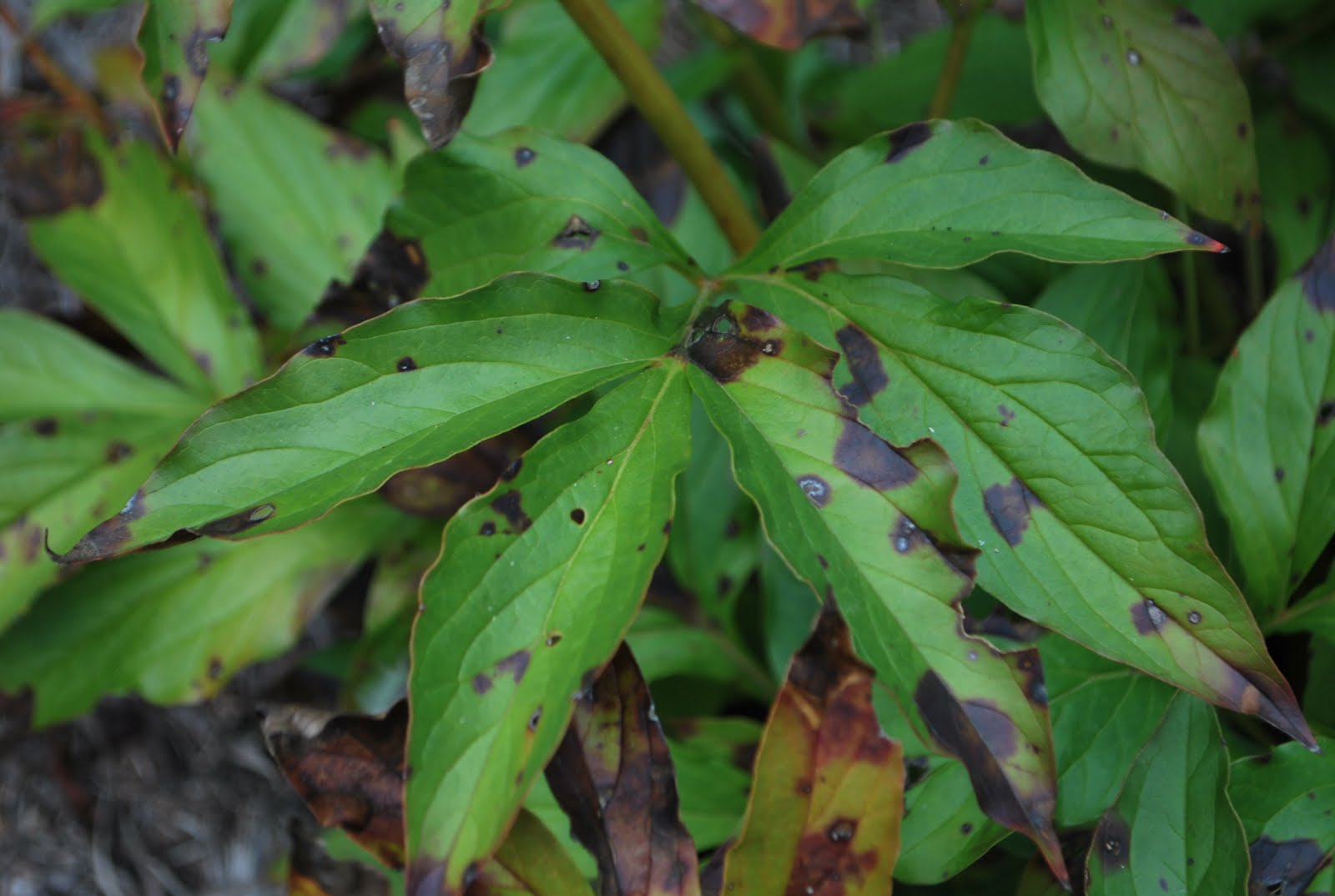


What if you had no signs of disease this year? Some gardeners found their plants untouched while their neighbors impatiens crashed. Soil from containers where impatiens grew must also be disposed of properly and the container thoroughly cleaned before storing for the winter. The soil and mulch, as well as the plants, need to be bagged and disposed of where they will be burned or buried in a landfill. The fungal spores of IDM will be present and tests have shown those spores will easily survive our winters. Remove not just the plant but the soil and mulch in the area where it was growing. So what do you do if you were growing impatiens, one of the most popular annuals, in your garden or containers this year? First start with a thorough clean-up. In 2011 it returned, apparently having developed a resistance to available fungicides. Greenhouses treated it with fungicides and it seemed to be under control. Of the fungicides listed in Strategy 5, consult the Organic Materials Review Institute (OMRI™) for appropriate organic copper or sulfur products.The disease is called Impatiens Downey Mildew (IDM) and it showed up first in Europe nearly ten years ago. Strategies 1, 2, 3, and 4 (if organic fertilizers are used) are organic approaches. Fungicides must be applied in advance of the disease as a protectant. Pesticides registered for use include copper, captan, chlorothalonil (Daconil), mancozeb, maneb, sulfur, and thiophanate methyl (Cleary 3336). Depending upon the susceptibility of the plant to this disease, spray every 10 days with a fungicide. Water early in the day so the plants have enough time to dry off completely.ĥ. Water on foliage and flowers from overhead irrigation, especially on cool, cloudy days, promotes the disease. Get a soil test to guide fertilizer practices.Ĥ. This can cause tender growth that is very susceptible to the fungus. Avoid fertilizing with excessive amounts of nitrogen. The fungus thrives in areas that are cool and moist and where plants are overcrowded.ģ. Give adequate space between plants to allow for good air circulation. Remove and destroy all infected plant parts as soon as they are observed.Ģ. The fungus is capable of invading tissue during all periods of the growing season and multiplies rapidly in declining foliage, hence, the need for good sanitation.ġ. Fungal mycelial strands (web blight) from previously infected plant parts can grow onto healthy plant parts and infect them. In the spring, spores form and spread by wind or splashing water to infect dying, wounded, or extremely soft plant tissues. Affected parts may be covered with a gray mold following damp, cool weather.īotrytis fungi overwinter as sclerotia on dead plant debris in the garden. Soft, brown spots appear on leaves, stem, and flowers following a cool damp period. Flowers may have irregular flecks and brown spots older flowers tend to rot quickly. This disease is the primary cause of decay in cut flowers.īotrytis blight causes buds and flowers to develop abnormally and turn brown. The extent and severity depends on weather conditions and cultural practices. It affects the buds, flowers, leaves, and bulbs of many plants including: African violet, begonia, chrysanthemum, cyclamen, dahlia, geranium, lily, peony, rose, and tulip. Close-up of spots caused by Botrytis blight on Chinese dogwood ( Cornus kousa)īotrytis blight, also know as gray mold, is a fungal disease caused by several species in the genus Botrytis.


 0 kommentar(er)
0 kommentar(er)
